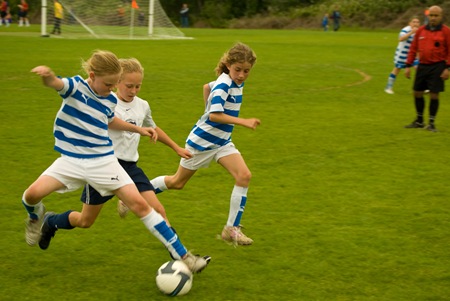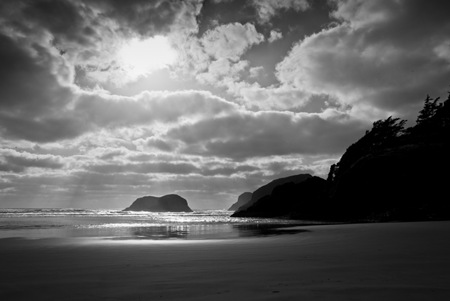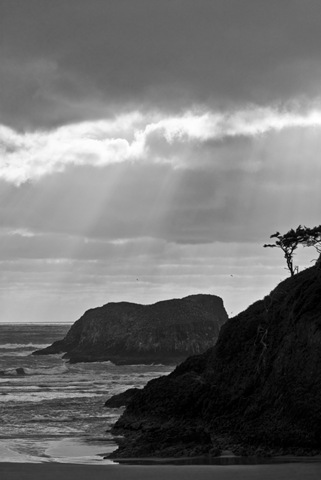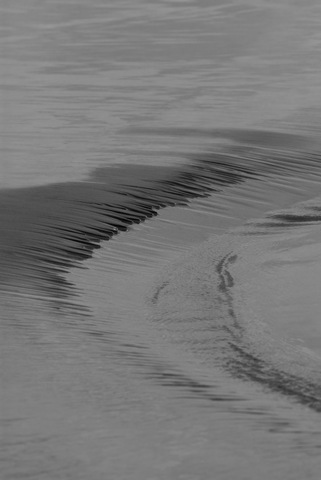I’ve been using my current DSLR body for nearly four years now. Which means that it’s seriously outdated… an operational dinosaur.
But it IS usable, and use it I do. Which means changing lenses frequently.
I’ve always done this with care. I do understand the downsides of exposing the delicate guts (especially the sensor) of the camera to the outside world. But interchangeable lenses are very much the point of using a DSLR. And the point of keeping the camera at hand is to be able to use it.
All the care in the world (barring hustling off to a clean room) will not eliminate the chances of dust and crud eventually settling on the sensor of a DSLR.
After about three years of changing and changing and changing lenses, a few clots of dust (or something) were making their presence known if I stopped down beyond f/11. At first, it was a minor annoyance, but as time went on and I really really wanted to show greater depth of field, the problem intensified.
Conventional wisdom from a few years ago held that if you touched the sensor, you’d be doing well if you didn’t destroy the camera. That’s an overstatement, but not a big one. Accepted practice for “unqualified” sensor cleaners involved using a combination of gravity and the biggest damned air-bulb you could find to ever-so-carefully “poof” the offending jetsam off the sensor’s glass.
Translation: remove lens; set the camera to “clean sensor”’ hold shutter open with the body pointing earthward and poofpoofpoof with a blower bulb until you got tired of the exercise. Then check and see if your efforts had any effect.
The truth is, this is an inexpensive and not-too-scary way to take care of a lot of crap that lodges on the sensor, but eventually, one finds its limits.
Eventually, a lot of little bits of gawdknowswhat end up sticking tenaciously to the delicate face of that light-gathering instrument and won’t let go.
Eventually, what seems like desperate measures are in order. Either buy a new camera body (can’t do that) or risk ruining the existing one (don’t want to do that, but can’t find an option)…
…so I did about two weeks’ worth of on-again, off-again research on the best way to clean a camera’s sensor. And I decided on a method, then found that I couldn’t get there from here. More accurately, I couldn’t get IT here from there. Amazon (or B&H or ProPhoto Supply) can’t solve everything… not if the contents of product are on a “no fly” list.
“The Solution” contains methanol. The same stuff that powers Indy cars. Burns without flames. Highly unwelcome on airplanes, UPS trucks and Post Offices. I think I can understand the caution.
But I needed it. I was ready to stop shooting if I didn’t get this crap off my sensor.
So I planned a stop on a Saturday at ProPhoto Supply in Portland after having called in advance to make sure that they had a bottle (all 2 fl. oz. of it) in stock.
$54.98 later, I held the nearly weightless answers (I hoped) to my prayers… a bottle of cleaning solution and a box of 12 sensor swabs from Photographic Solutions, Inc. (It’s not cheap, but it’s a LOT less expensive than a new camera!)
The Photographic Solutions “kit” is available for use with all sensor sizes, but you need to know which type you need. The swabs are sized for individual sensor types. (I needed Type 2… I’d already done my homework).
After all of this buildup, the actual implementation was incredibly anticlimactic. The instructions are easy to follow, and I’m reasonably well-coordinated, so things went off without a hitch.
My first (and so far only) foray into full-contact sensor cleaning is still holding up after nearly four months.
It’s been a wet, mottled spring, and a completely clear sky has been a very rare commodity, but I spent much of last Saturday shooting with just that as a backdrop… and there were no dots or fuzzy $^%^S%@ to deal with afterward.
And that’s a very nice thing with 200+ files staring me in the face.



